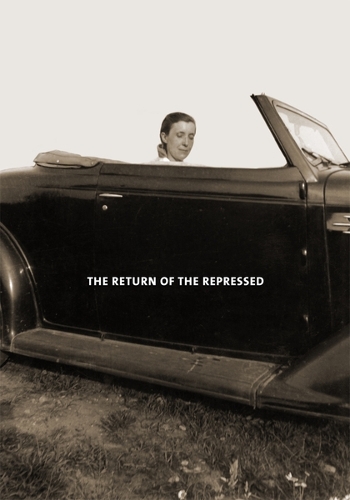
Louise Bourgeois: The Return of the Repressed: Psychoanalytic Writings
(Hardback)
Publishing Details
Louise Bourgeois: The Return of the Repressed: Psychoanalytic Writings
By (Author) Philip Larratt-Smith
Violette Editions
Violette Editions
1st July 2012
United Kingdom
Classifications
General
Non Fiction
Individual artists, art monographs
Sculpture
730.92
Physical Properties
Hardback
504
Width 188mm, Height 255mm
1950g
Description
Approximately 80 previously unpublished writings by Louise Bourgeois appear here in print for the first time, which, combined with eight extensive scholarly essays turns our critical understanding of Bourgeois' work on its head, offering a new and unprecedented insight into the work of one of the 20th century's greatest artists. Famed for such works as The Destruction of the Father (1974), Arch of Hysteria (1993) and her huge and emblematic piece Maman (1999) - an enormous spider as an icon of maternal protection and withdrawal - Bourgeois investigated the realm of psychoanalytical territory through her sculptures, paintings and writings. Louise Bourgeois: The Return of the Repressed shows the enduring presence of psychoanalysis as a motivational force and a site of exploration in her life and work. Selected and edited by Philip Larratt-Smith, her literary archivist, these texts provide a comprehensive overview and re-reading covering 60 years of artistic production. The second volume in this gorgeous set also serves as an impressive and up-to-date monograph, detailing works up until the artist's death in 2010.
Reviews
Bourgeois was an intensely autobiographical artist who poured her demons into her work. Her art was, she believed in a very literal way, her salvation.
In the new book, ominously but accurately entitled The Return of the Repressed, curator and writer, Philip Larratt-Smith makes much of Bourgeois' fear of abandonment and her complex love-hate relationship with her father.--Sean O'Hagan "Another Magazine"
In the early months of 2010, a trove of loose-leaf paper was discovered in Louise Bourgeois's Chelsea apartment. Marked with pen, pencil, and typewriter ink, the pages featured a fluent blend of French and English prose, punctuated by an occasional drawing. The writings hailed largely from the years spanning 1952--when Bourgeois was refining her brand of metaphoric abstraction in her Personages, a series of precariously assembled totemic structures--to 1964, when Bourgeois debuted her now-canonical sculptural aesthetic of turgid, visceral forms rendered in emotive arrays of latex, wax, and resin. This new, organic idiom followed an 11-year hiatus from the art world, during which Bourgeois underwent strenuous analysis at the hands of an migr Freudian, Henry Lowenfeld--a foreigner, like herself, expatriated from a Europe ravaged by war.
Combined with a similar find of six years prior, this cache amounted to over 1,000 pages of rich psychic self-documentation. Here, Bourgeois had recorded her dreams, anxieties, and desires; parsed her sessions with Lowenfeld ("L.," in her affectionate abbreviation); and jotted ideas for new sculptures. Reproduced in part and translated for the first time in a sleek volume edited by Philip Larratt-Smith, Bourgeois's literary archivist, these writings reveal Bourgeois as an artist whose profound engagement with psychoanalysis was anchored in a sustained, often tortuous praxis.--Courtney Fiske "The Brooklyn Rail"
